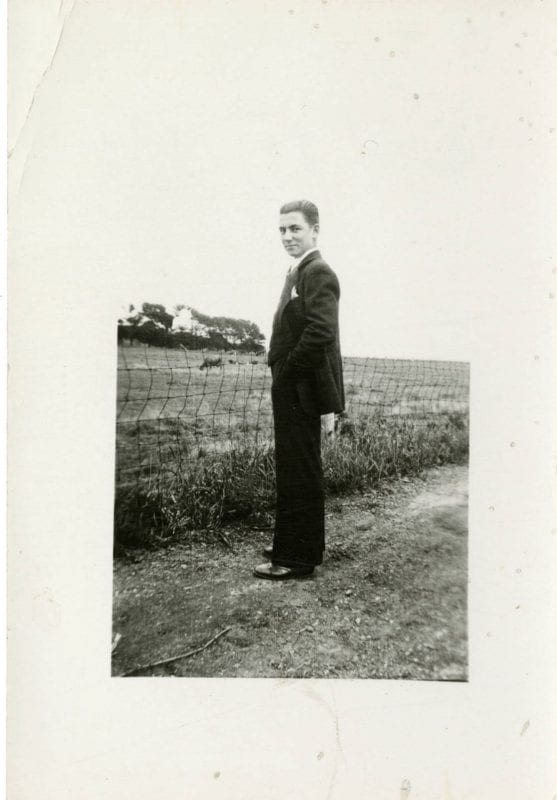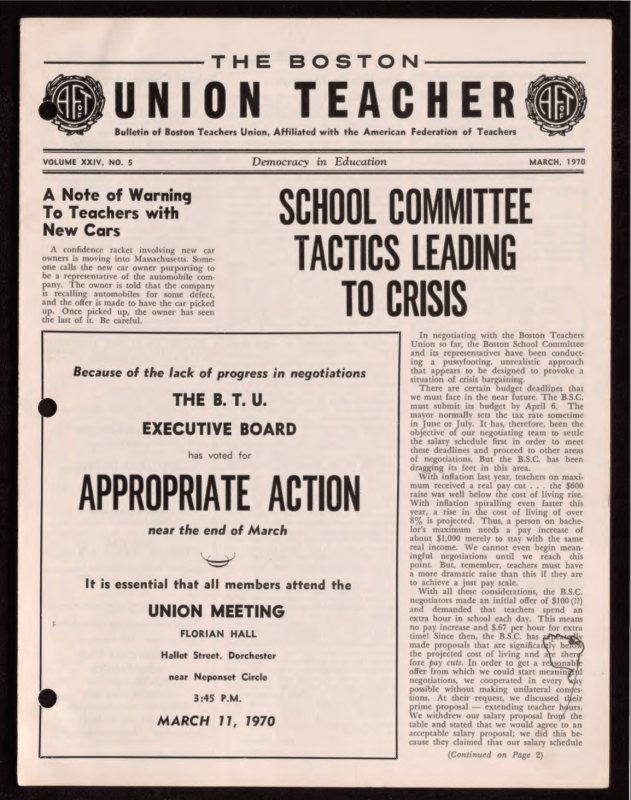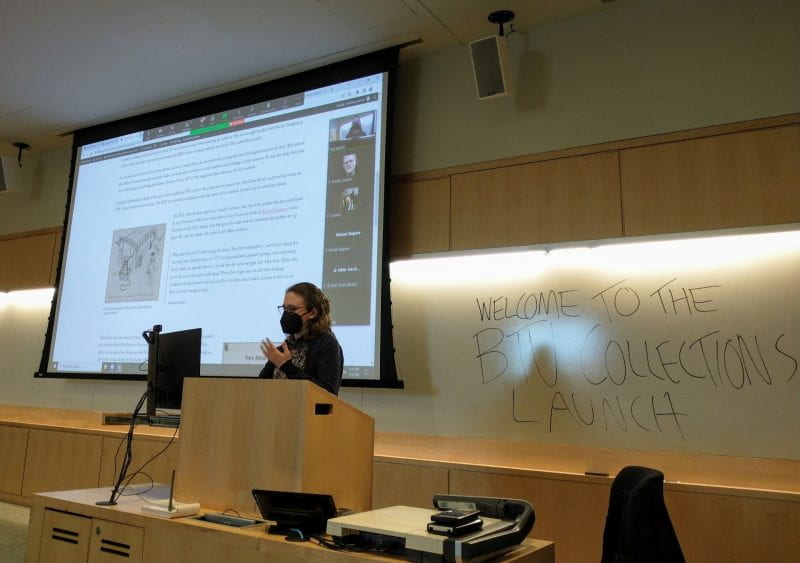Author: Prof. John Tyson, Art History
Beginning on August 22, 2022, one of Elena del Rivero’s monstrous dishtowels, titled Letter from Home (Suffrage), will be on display in the Grossmann Gallery of the Joseph P. Healey Library at UMass Boston. Visible from the fourth floor of the library, the flag-artwork will be presented on campus as part of the Arts on the Point public art program, directed by University Hall Gallery Director Sam Toabe.
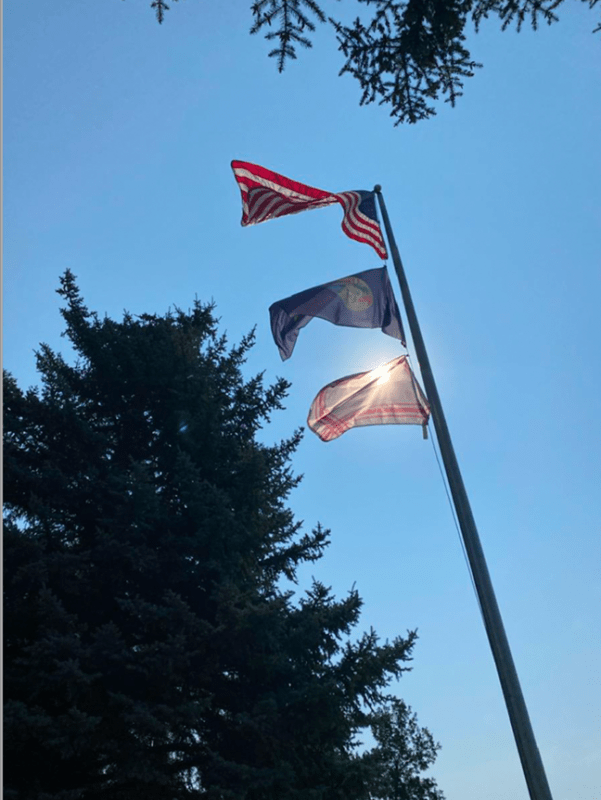
Del Rivero’s flag at UMass Boston is part of a broader multi-site project celebrating women in politics. Elena del Rivero: Home Address has been convened by Professor John A. Tyson of the Art and Art History Department. The project began as a commemoration of the 100th anniversary of the 19th Amendment of the United States Constitution, which gave women the right to vote in 1920. Home Address is ongoing and will place nineteen identical flags (in a range of different sizes) in various locations across the country, including: the Consulate General of Spain, Henrique Faria Fine Art, and the Hispanic Society Museum and Library in New York City, Tulane University and Xavier University in Louisiana, Rocky Mountain College in Montana, Sun Valley Museum of Art in Idaho, Tampa Museum of Art in Florida, and the University of Wyoming.
Elena del Rivero is a Valencian-born, Spanish-American artist. With studios in New York and Madrid, she regularly exhibits her projects on both sides of the Atlantic. Her artworks are in the permanent collections of the National Gallery of Art, the Museum of Modern Art, the Harvard Art Museums, and the Colby College Museum of Art in the United States as well as the Museo Nacional Centro de Arte Reina Sofía in Madrid, Spain. Additionally, del Rivero has been the recipient of many of fellowships and awards, most recently a Joan Mitchell Award and residency at the Joan Mitchell Center in New Orleans, Louisiana (2017), a Guggenheim Fellowship (2019), and the Anonymous Was a Woman Award (2020).
Elena del Rivero, Letter from Home (Suffrage), 2019, Nylon, 3.8 x 5.2 ft (117 x 150 cm)
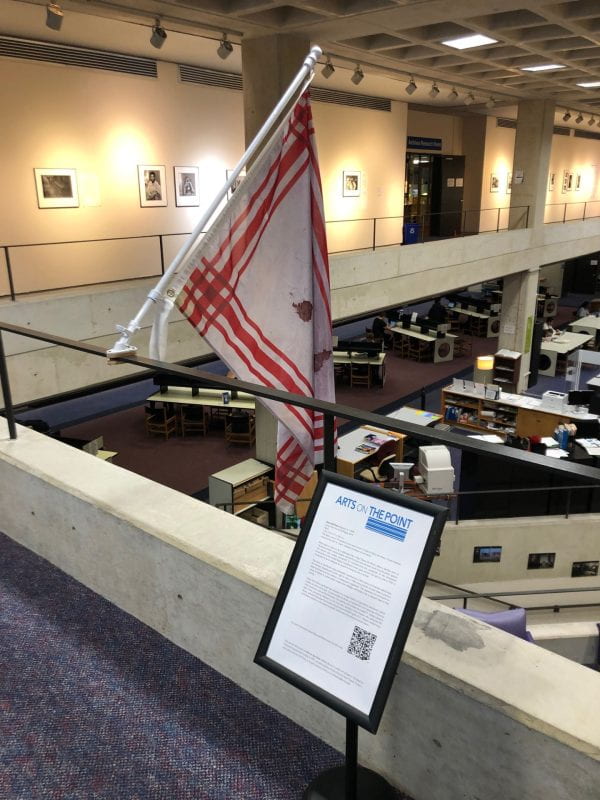
“Del Rivero takes a familiar form—a ‘feminine-coded’ interior textile—and shifts it from the domestic realm into the public sphere,” explains Tyson. “Her banner is intended to be an allegory for women’s changing role in society. Like many of del Rivero’s artworks, it is characterized by openness and generatively dialogues with its surrounds.” The stains on Del Rivero’s flag evoke a range of concepts. “One of the artist’s key concerns is emphasizing the imperfections in the history of American democracy,” Tyson continues. “For example, despite technically winning the right to vote in 1920, many women of color were in practice disenfranchised until the creation of subsequent legislation, perhaps most importantly the Voting Rights Act of 1965. The recent expansion of restrictions on access to ballots in states such as Texas, Florida, and Georgia means that suffrage continues to be a relevant issue.”
Please look out for information about related programming and a blog post by Professor Tyson in the fall semester.
More information about Elena del Rivero and Home Address can be found at this web feature created by the Rivers Institute for Contemporary Art & Thought and a video recording of a conversation between the artist and Professor Tyson presented by the Tampa Museum of Art in April 2021.
For questions about the Home Address project, please email JohnA.Tyson@umb.edu.
University Archives and Special Collections in the Joseph P. Healey Library at UMass Boston collects materials related to the university’s history, as well as materials that reflect the institution’s urban mission and strong support of community service, notably in collections of records of urban planning, social welfare, social action, alternative movements, community organizations, and local history related to neighboring communities.
The Archives welcomes inquiries from individuals, organizations, and businesses interested in donating materials of an archival nature that that fit within our collecting policy. These include manuscripts, documents, organizational archives, collections of photographs, unique publications, and audio and video media. For more information about donating to the Archives, click here or email library.archives@umb.edu.

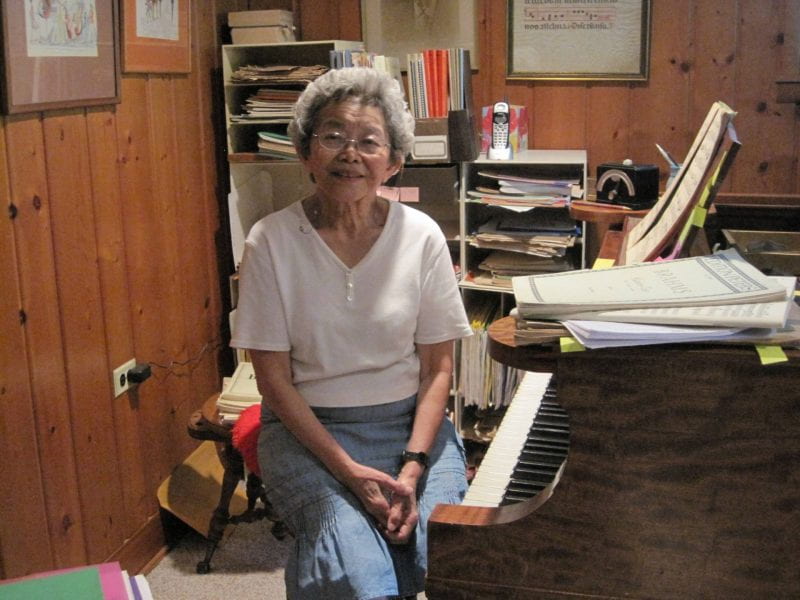
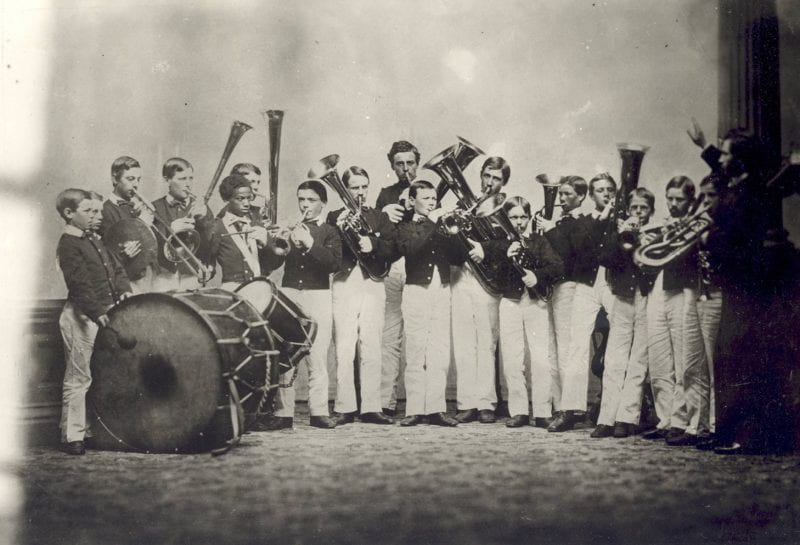
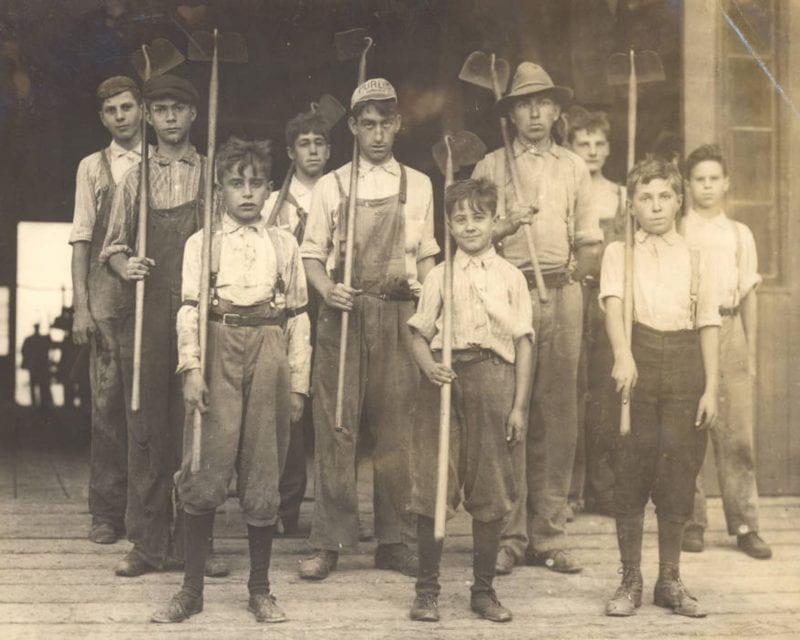
![Two photographs on the page of a scrapbook. The top photograph shows a person standing in front of a small airplane. The lower photograph is a portrait of a young man in front of a brick wall with "Bob [illegible]" written in pencil underneath.](https://blogs.umb.edu/archives/files/2022/07/ti3-657x800.png)
